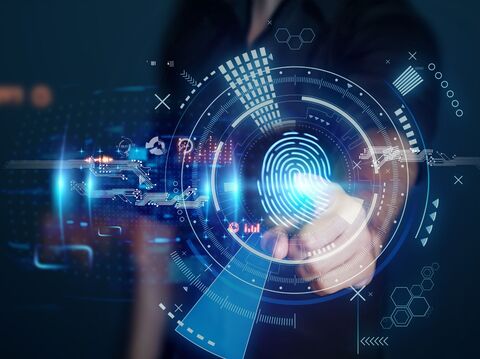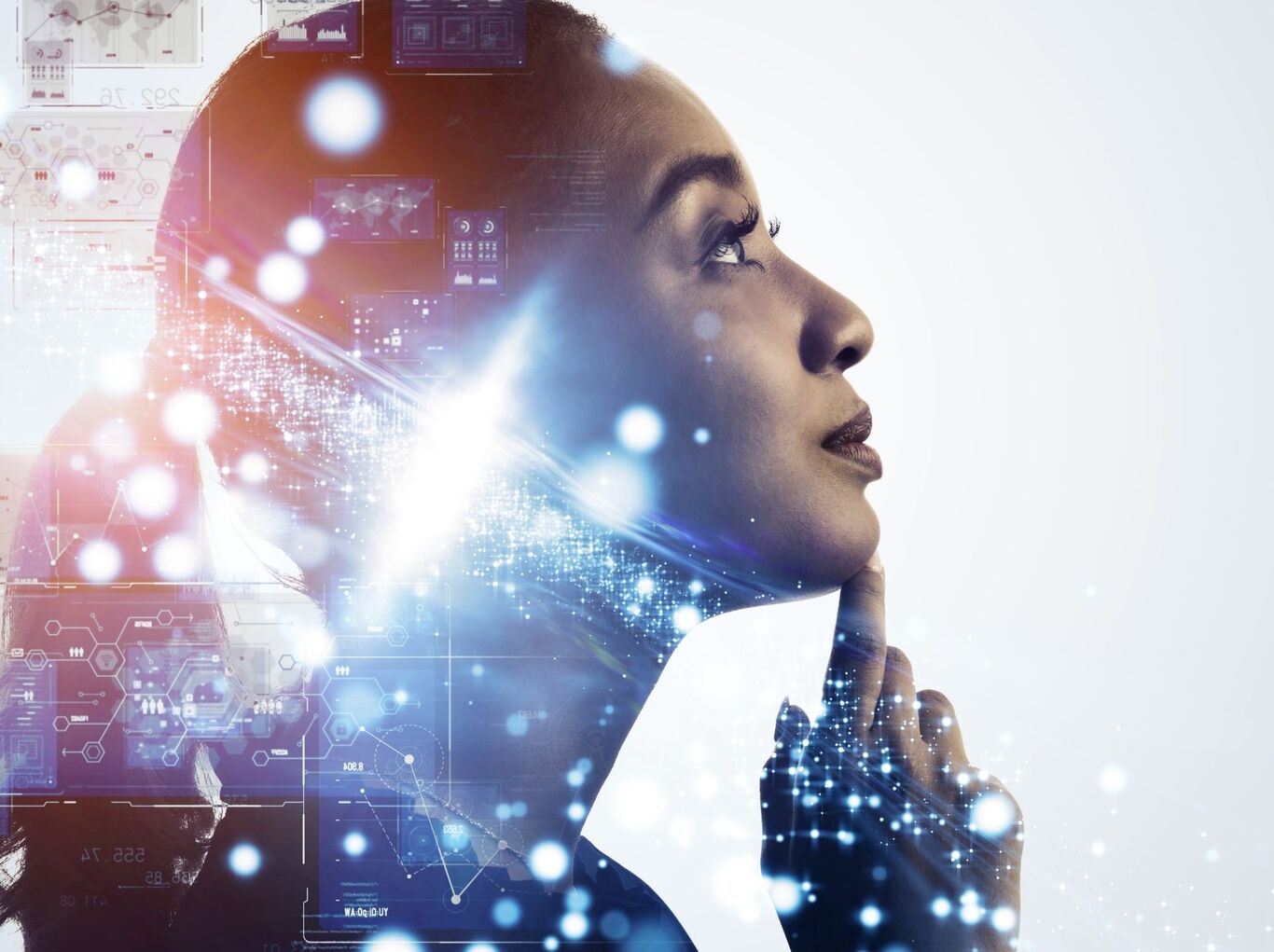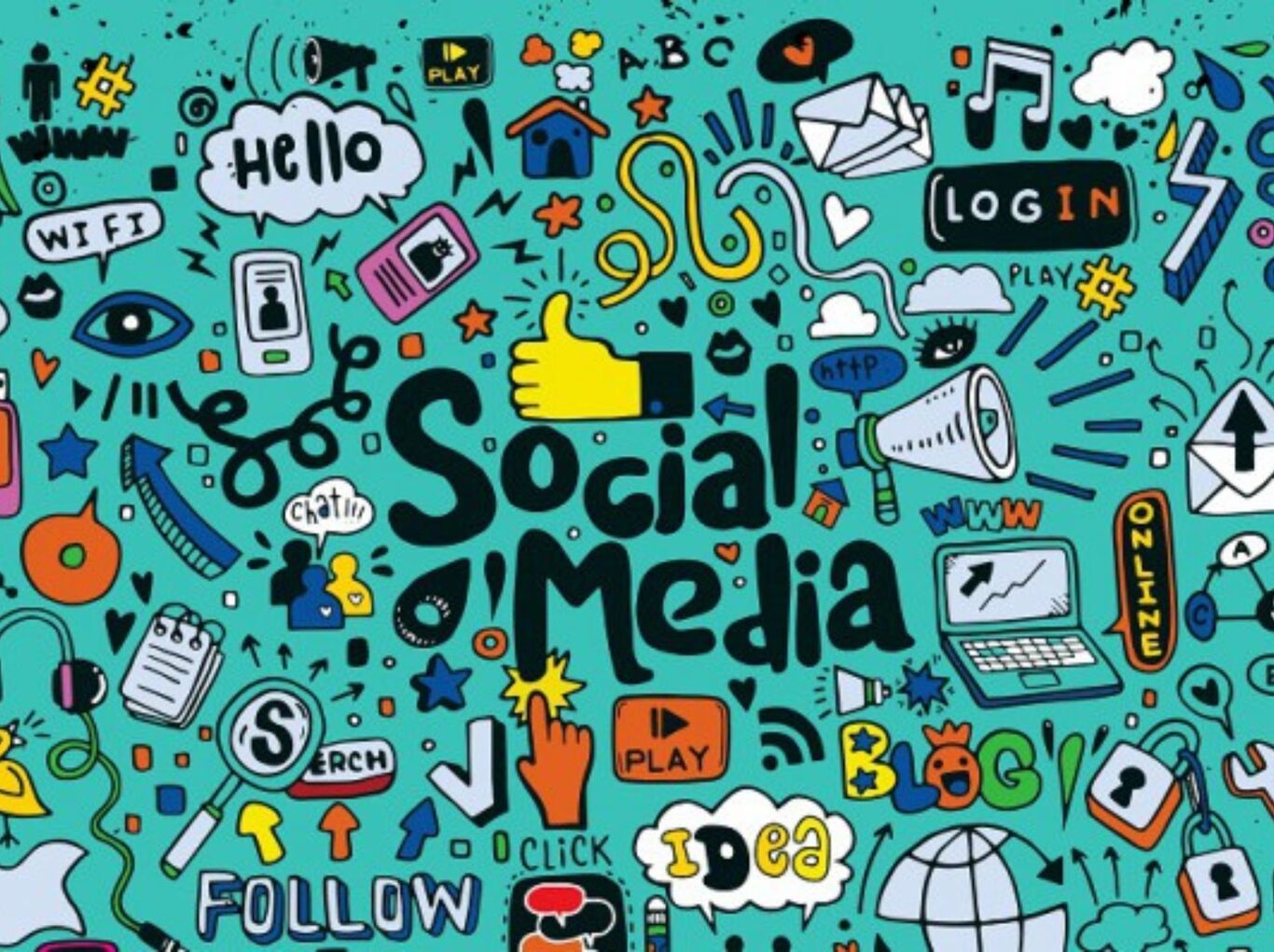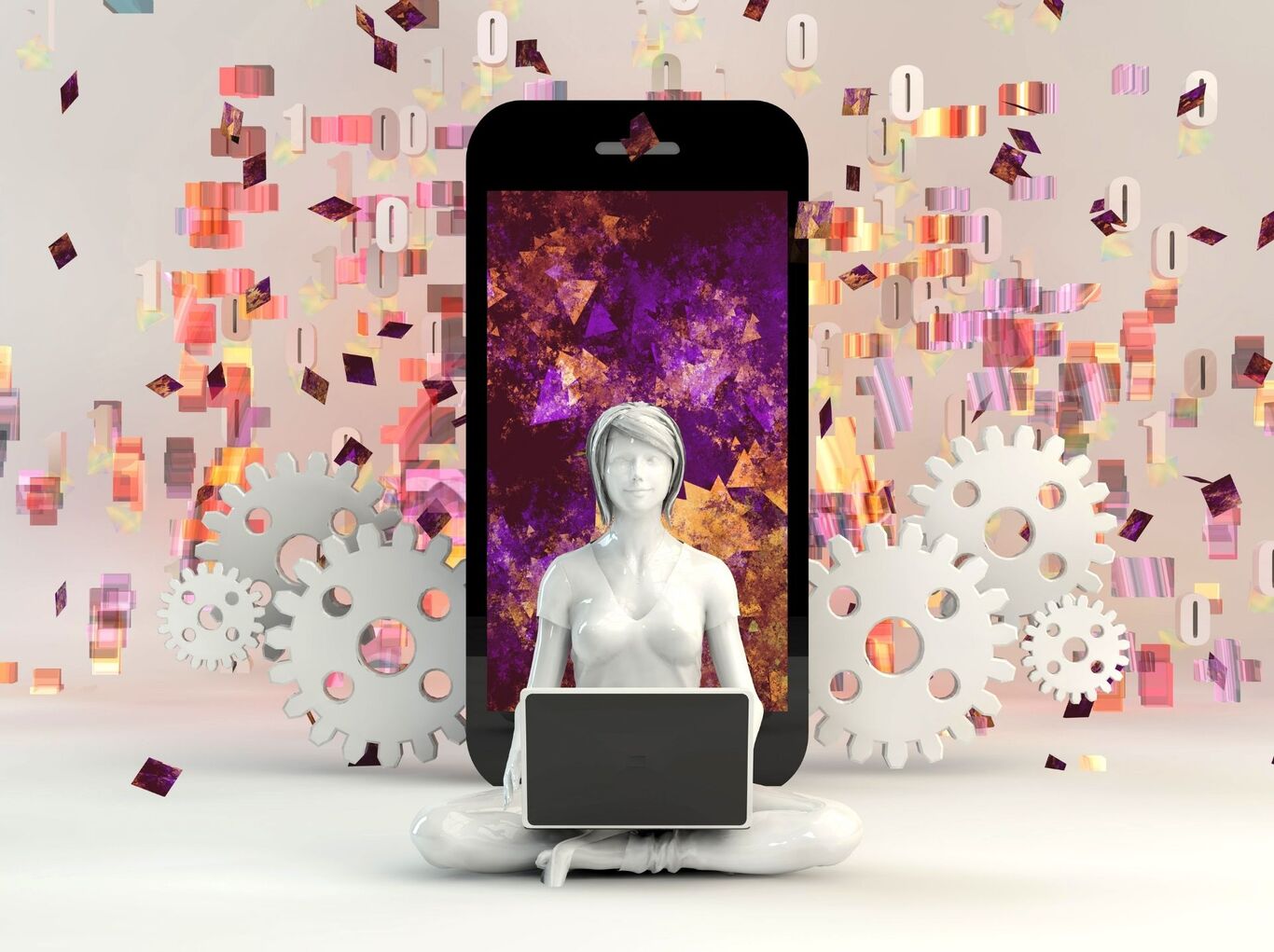What is Omnichannel Retailing? Basics Explained

Have you ever shopped online and thought about how easy it is to switch from the web to the store? That's the new, smart omnichannel retailing that makes your shopping experience amazing.
Omnichannel retailing connects everything so well that you'd think it was made just for you. Whether you're clicking on your phone or strolling the aisles. It's about keeping the shopping vibe going, no matter where you shop.
This blog will discuss the benefits, future, and popular strategies of omnichannel retailing.
Omnichannel Retail: Meaning
Omnichannel retailing focuses on giving customers a consistent shopping experience. It does not restrict where or how customers choose to shop. This approach relinks all shopping touchpoints: online stores, shops, social media, and mobile apps.
The best approach is to make sure that a customer gets value in terms of how they interact with a business at some point.
For instance, a customer is browsing a site containing links to goods and services and resolves to purchase a particular good through an application. They can later go to the nearest store and purchase the product, then get the update software. Or, they could shop within the physical store, look up additional information regarding their discovery by browsing the internet, and then make the purchase at home.
Omnichannel solutions ensure that all these interactions are connected. The customer's journey from one platform to another feels natural and easy.
This approach is essential because today's shoppers want flexibility. They may start their shopping journey on one platform and finish on another.
Omnichannel retailing makes sure that their experience is the same, no matter how they choose to shop. It means businesses can better meet customers' needs. As a result, shopping is simple and enjoyable.
What is the Difference Between Omnichannel and Unified Commerce?
Omnichannel retailing means linking of different shopping channels in such a way that makes the experience smooth. It enables the customer to shift from the online store to the physical stores and even other structures. Much to its credit, it does not forget the entire shopping experience that consumers go through.
Unified commerce goes a step further with this concept. Thanks to such tendencies, all these things are interconnected through a single platform. They make the entire process even more simplistic. Here they all unify and interact in real-time: the online store, physical stores, stock, and customer information. It of late provides an overall picture of the operations of the business.
The only distinctive feature is how things are link together. As mentioned earlier, with unified commerce strategy, all systems work simultaneously. For instance, if a customer purchases an item online, he can readily take it back to a physical store for a refund. What is more important, customer data is updated across all platforms so there are no delays.
Omnichannel retail is connected, but there may be slight delays. Information needs to sync between channels, which can take some time. It still gives customers a consistent experience, but not as quick as unified commerce.
5 Popular Omnichannel Retailing Strategies
Successful retailers have made omnichannel retailing work for them.
Here are some of the most effective strategies they use:
1. Click and Collect
This strategy lets customers buy online and have the store pick it up. It comes in handy for people who like the convenience of online shopping but do not wish to wait for delivery.
Retailers such as Argos have made this a staple in their omnichannel strategies. They can help shoppers in convenient and flexible ways.
2. Mobile Shopping Apps
Most of these apps are expected to offer a shopping experience on the customer’s mobile phone. In another scenario, products can be purchased, orders dealt with, and deliveries followed on one online platform.
This method is equally well embraced by companies such as ASOS, through which shopping can be done anywhere. They've linked the app experience with in-store shopping, creating a seamless journey.
Create your shopping app today!
3. Social Media Integration
A number of retailers integrate their e-business sites with social media sites now. Getting to be able to shop through Instagram, Facebook or any other social media platform.
It adds a social aspect to shopping, where users can discover and buy products with just a few taps. Staying connected to the brand is easy and fun.
4. In-Store Digital Tools
Certain retail outlets have added technology such as self-service checkouts or touch screens. These tools enable customers to purchase items that can perhaps not be found in the physical shop. It aids in closing the gap between e-commerce and conventional shopping.
It adds to the continuity of omnichannel retailing.
5. Customer Support Across Channels
Retailers provide support through various channels, including social media, chatbots, and phone support. It ensures that customers get the help they need, no matter where they are shopping.
All platforms must have consistent support. It is vital to a reliable omnichannel retail experience.
Benefits of the Omnichannel Retailing Experience
Omnichannel retailing offers many benefits for both businesses and customers.
Here's how it can make a difference:
-
Better Customer Experience
In integrated communications, customers can have seamless transitions from one platform to another. Whether they are buying online or in stores, everything seems connected.
This makes shopping feel more convenient and, therefore, more desirable to customers, which is good for business.
-
Increased Customer Loyalty
When customers move to another platform and still receive satisfactory service, they are even more trusting of the brand. This repeated experience forges customer loyalty.
Importantly, customers embrace the ability to organise the process according to their preferences. It makes them more loyal to the brand.
-
Higher Sales
This is because, there are consumers who prefer buying goods through the internet, while others would prefer physically moving round the store.
It is also noticed that when the customer has an opportunity to communicate with a brand through multiple modes, they are more likely to buy the product.
The large traffic ensures that many of the visitors end up buying from the client’s online store.
-
Improved Data Insights
Omni-channel retail lets businesses track customer behaviour across platforms.
This information is valuable for understanding what customers want. With these insights, businesses can better meet customer needs. They can adjust their products, services, and marketing.
-
Operational Efficiency
It is also easier to manage inventory through a connected approach. It allows retailers to monitor stock status in every channel. This cuts down the chances of ordering or producing a large number of a particular product or no product at all.
Thus, it makes working more efficient and satisfactory to the customer.
The Future of Omnichannel in Retail
The retail world is changing fast, and omnichannel solutions are at the heart of this transformation. New technologies help retailers connect with customers and ease shopping.
Let's look at some trends that will shape the future of omnichannel in retail:
1. Artificial Intelligence and Automation
Basically, Artificial Intelligence is now gradually implemented in retail. Customer service is a key benefit and a marketing tool. It helps automate marketing with a personalised shopping experience.
For instance, chatbots can provide information and help customers. They can assist with online purchases and in-store visits. It simplifies the process of shopping due to time convenience.
2. Augmented Reality (AR)
Augmented Reality is another exciting trend. Some retailers use AR to create a fitting room. It lets people see how items would look in their homes.
It provides customers a better feel about the product even without actual physical contact with such product. It's a fun and interactive way to shop.
3. Voice Commerce
Voice assistants like Alexa and Google Assistant are changing how people shop. Soon, more people will use voice commands to browse products and make purchases.
This hands-free shopping method could become standard in omnichannel retailing. It would make it even easier for customers to buy what they need.
4. Sustainability in Retail
With more eco-conscious customers, retailers are now practising sustainability.
This may involve using eco-friendly cars, green transport, and green suppliers.
Sustainability is becoming a vital part of the omnichannel retail experience.
5. Enhanced Personalisation
It is clear that retailers have found ways to use data to enhance customer experiences – they seem to be doing it more effectively. With real time data they could provide preparations, promos and discounts which cater to the preferences of a specific client.
This makes them to make specific shopping more relevant and enjoyable for everyone.
Wrapping Up
Omnichannel retailing as a concept of shopping is the future of the retail business. Businesses must connect several platforms into one, seamless experience to meet buyers' needs.
Whether it's buying online, picking up in-store, or interacting with brands on social media, customers want it all—and they want it to work together.
Omnichannel solutions can boost customer satisfaction and sales for retailers. They can also help retailers compete in a tough market.
Reach out to GrowthJockey to explore new strategies to reach your desired goals!
FAQs
1. What is an example of an omnichannel retail strategy?
A good example is "click and collect." Customers can buy products online and collect them in-store, offering flexibility and convenience.
2. What are the three elements of omnichannel retailing?
The three key elements are consistency across channels, seamless integration, and customer-focused strategies.
3. What is the omni channel in retail industry trend?
The trend is moving towards more personalised, data-driven experiences, with technology like AI and AR enhancing the omnichannel retail journey.








